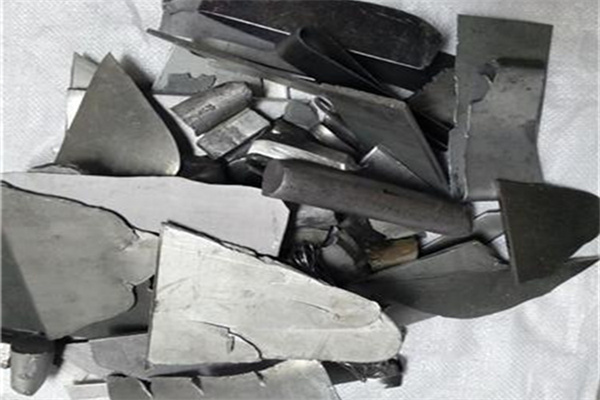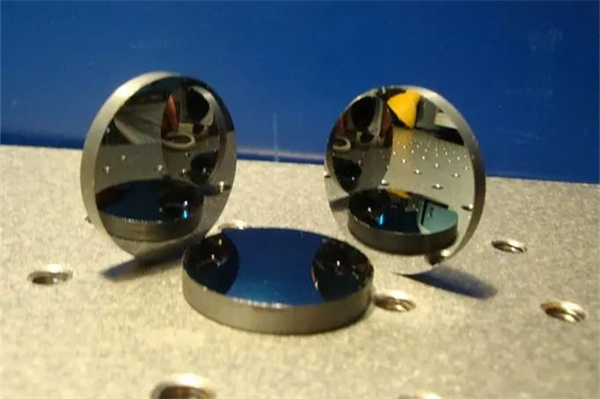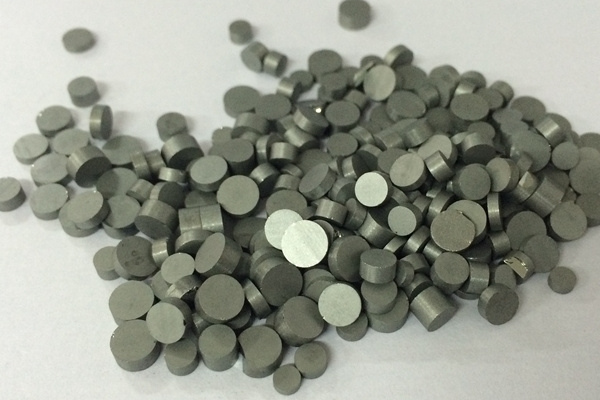Deep Unveiling of Infrared Optical Materials
he selection of lens materials undoubtedly plays a crucial role in the precise construction of infrared optical systems. The requirements for materials in this field are extremely demanding, as there are significant differences in the transmittance performance of different materials in the infrared band, which directly affects the imaging quality and application effect of infrared optical systems. Today, we will delve into a material that occupies a central position in infrared optics - germanium, and its unique value and recycling potential in infrared optical systems.

1、 Germanium: the shining star of infrared optical materials
On the vast stage of infrared optics, germanium stands out with its outstanding performance and has become one of the most widely used materials. Especially in the mid infrared range of 3-14 microns, germanium performs particularly well. This band has wide application value in military reconnaissance, remote sensing detection, environmental monitoring and other fields, and germanium is an indispensable cornerstone behind these applications.
The reason why germanium occupies such an important position in infrared optics is mainly due to its two core advantages: first, high infrared transmittance, which enables germanium lenses to efficiently transmit infrared radiation, ensuring the imaging clarity and sensitivity of infrared optical systems; The second is good thermal stability, even in high-temperature environments, germanium can maintain stable physical and chemical properties, ensuring the long-term stable operation of infrared optical systems.

2、 The recycling value of germanium lenses: secondary utilization of precious metals
In addition to its excellent performance in infrared optics, germanium lenses also have extremely high recycling value due to the precious metal element they contain - germanium. Germanium, as a rare metal, has extremely limited content in the Earth's crust, so its market price has remained high. At present, the recycling value of germanium lenses has reached about 10000 yuan, which fully demonstrates the preciousness of germanium resources and the necessity of recycling and utilization.
Recycling germanium lenses not only helps to save valuable germanium resources, but also reduces environmental pollution. During the recycling process, the germanium element in germanium lenses can be effectively extracted through professional technology and equipment, and then refined and processed to obtain high-purity germanium products. These products can be reused for the preparation of infrared optical materials or used as raw materials in other high-tech fields to achieve resource recycling.

3、 Future prospects of germanium in infrared optics
With the continuous development of technology, the application fields of infrared optical systems are also constantly expanding. From military reconnaissance to civilian security, from environmental monitoring to medical diagnosis, the presence of infrared optical systems is ubiquitous. As a leading infrared optical material, germanium undoubtedly has a broader application prospect.In the future, we can look forward to more innovative applications of germanium in the field of infrared optics. For example, by improving the preparation process of germanium materials, their transparency and thermal stability can be enhanced to meet the demands of higher end infrared optical systems; Alternatively, by developing new germanium based composite materials, broader spectral coverage and superior performance can be achieved. These innovative applications will further enhance the performance level of infrared optical systems, promote technological progress and industrial development in related fields.






